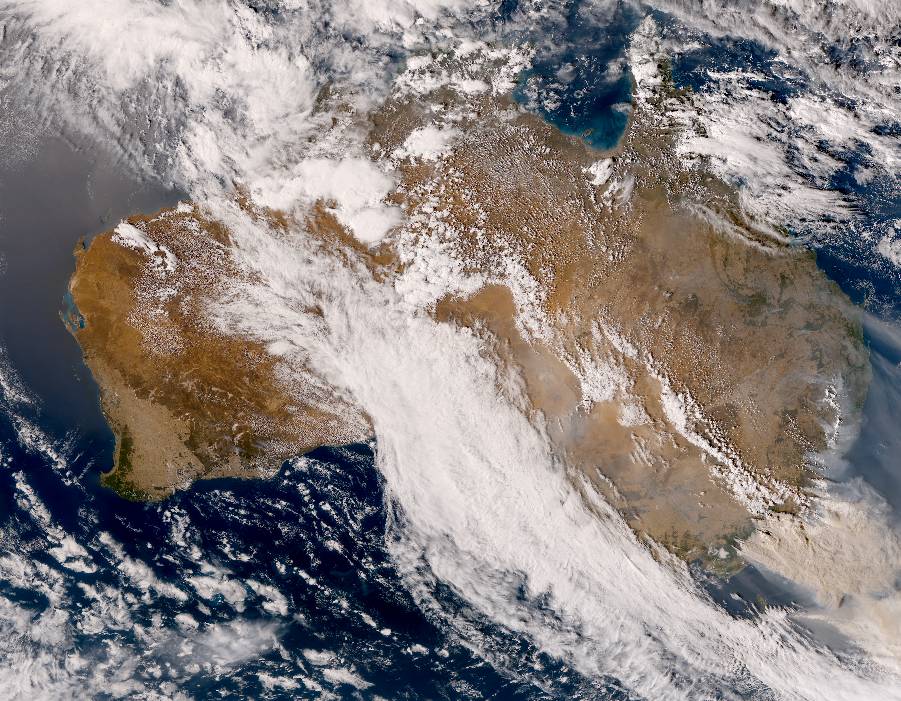This blog is an exploration of what forests mean to the lives we want to be living--what threats forests face, what changes they are undergoing, and what the outcome of those changes seems likely to be. My hope is that it will be a place where news about forests in this region, your ideas and articles on forest topics, and resources for learning about trees and forests in this area can all come together in one place.
Among other things, the blog contains several presentations I've developed on tree identification and on the history of naturalists in America; selections from an unfinished book on forests; and various notes on trees and forests. They're all listed on the right hand side of the blog, under "Pages," and can be accessed simply by clicking on the title of the topic you're interested in. Photos in the materials are my own unless otherwise indicated.
Also on the right are links to various tree-and- forest-related websites you might want to make use of.
Among other things, the blog contains several presentations I've developed on tree identification and on the history of naturalists in America; selections from an unfinished book on forests; and various notes on trees and forests. They're all listed on the right hand side of the blog, under "Pages," and can be accessed simply by clicking on the title of the topic you're interested in. Photos in the materials are my own unless otherwise indicated.
Also on the right are links to various tree-and- forest-related websites you might want to make use of.
Your thoughts are not only welcome but strongly encouraged! You can either post in the comment section or e-mail me directly at taorivertony@gmail.com.

